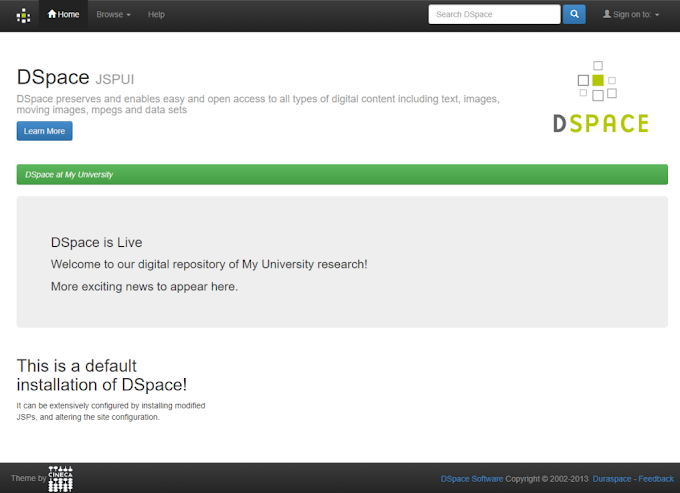If you have any error mysql password, use the following method
Follow the Mysql update change
PASSWORD UPDATE (Mysql)
The "unix_socket" has been called by mysql authentication process (maybe related to a partial migration of database to mariadb, now removed). To get all stuff back working go su:
This will completely stop mysql, bypass user authentication (no password needed) and connect to mysql with user "root".
sudo su/etc/init.d/mysql stopmysqld_safe --skip-grant-tables &mysql -urootThis will completely stop mysql, bypass user authentication (no password needed) and connect to mysql with user "root".
Now, in mysql console, go using mysql administrative db:
Now mySQL server is up and running. You can login it with root:
That's it.
Use mysql;update user set password=PASSWORD("mynewpassword") where User='root';update user set plugin="mysql_native_password";quit;/etc/init.d/mysql stopkill -9 $(pgrep mysql)/etc/init.d/mysql startNow mySQL server is up and running. You can login it with root:
mysql -u root -pThat's it.




1 Comments
It seems you're facing a MySQL authentication issue with LangFlow. Double-check the root password and ensure that the user has the necessary privileges to access the database.
ReplyDelete